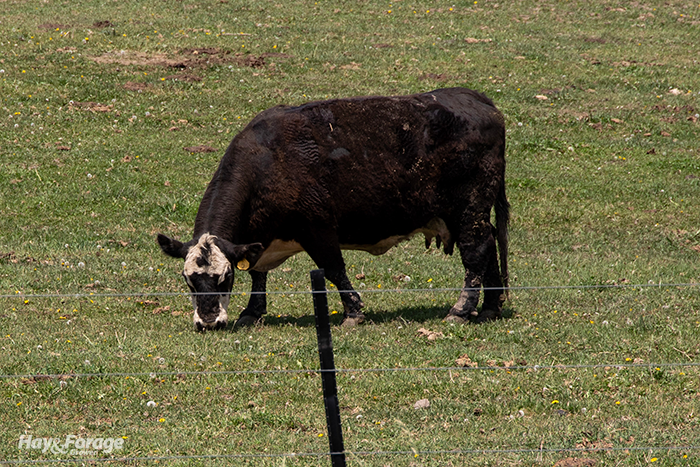
Overgrazed pastures continue to haunt the livestock industry. In case you didn’t notice, that was a purposeful and obligatory Halloween reference, but one loaded with truth.
Overgrazing occurs for a variety of reasons. Rarely does it occur in the spring unless cows are put out on a limited pasture base too early. Summer is a different story, as pasture growth is often slowed by inherent dormancy or drought. If time-on-pasture adjustments aren’t made to compensate, forage overutilization occurs.
When you treat cattle with the opportunity to overgraze, the tricks cometh in the form of:
• Delayed plant regrowth and recovery, setting the pasture up for another round of overgrazing
• Slowed development of new tillers
• Removed plant carbohydrate storage structures at the base of the plant
• Enhanced weed encroachment
• Severely impacted root mass and growth
• Pasture vulnerability to soil erosion
• Reduced livestock performance
So, what about overgrazing in the fall?
Typically, a single event when a pasture is grazed shorter than 3 to 4 inches can be rectified with a longer recovery period. In the fall, that may not be possible.
Although it’s true that cool-season grass growth benefits from the cooler temperatures and moisture that fall usually brings, plants are also preparing to overwinter. This means that carbohydrates are being stored in lower stems and, in some cases, roots.
These storage structures need to be protected for overwintering capacity and early spring regrowth. For this reason, many experts recommend that 4 to 5 inches of residual growth be left going into winter.
Overgrazing during the fall also inhibits the regeneration of new roots and tillers that will be critical for the next spring’s growth. In fact, fall is a great time to apply fertilizer nutrients that will enhance additional root and shoot growth. However, fertilizer needs to be applied before plant growth shuts down for the winter.
Exceptions exist
There are two situations when overgrazing a fall pasture might be done to enhance forage utilization and/or quality. Employ these strategies cautiously and only on a limited number of pastures or paddocks.
First, overgrazing is an effective strategy to stagger spring regrowth. Grazing certain pastures shorter in the fall will delay green up in the spring, and these paddocks can be set aside for the back end of the grazing rotation next year. It offers one means of controlling what is commonly referred to as “the spring flush.”
Another case where overgrazing in the fall might be beneficial is for paddocks that will be frost seeded before next spring. Overgrazing, or at least getting growth down to a 3-inch stubble, will expose more bare soil for improved seed-to-soil contact, and this will also reduce early competition from existing plants with the new seedlings.
